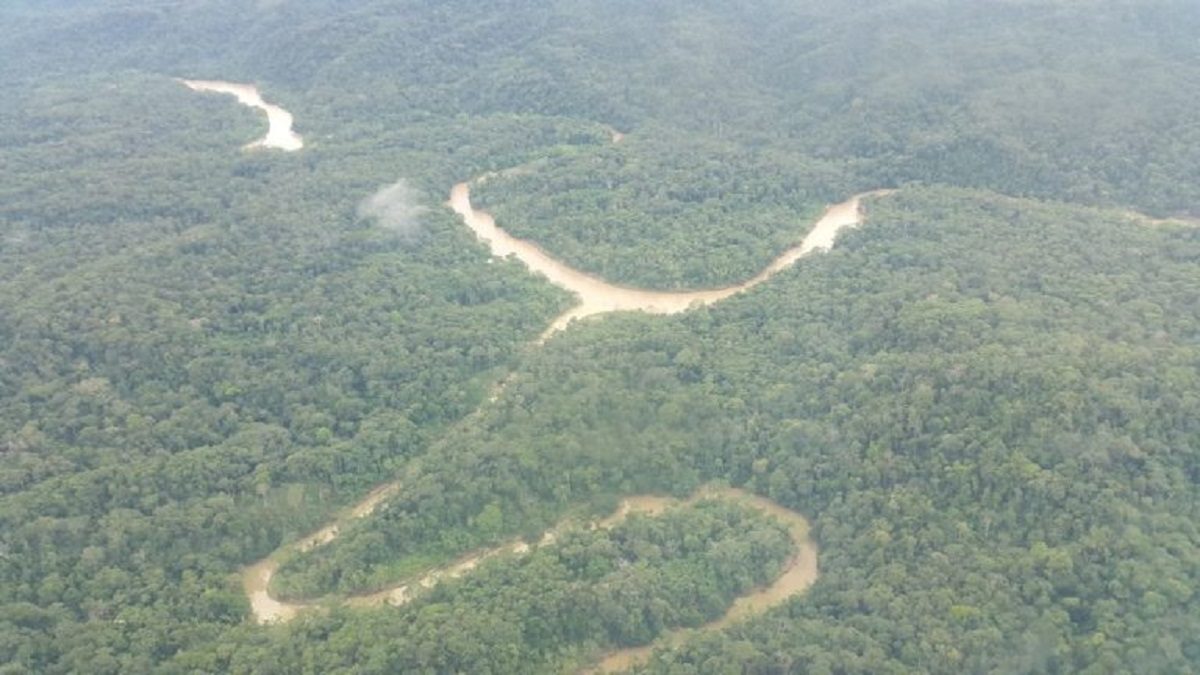- The Pastaza Ecological Area of Sustainable Development aims to regulate the use of natural resources, conserve the tropical humid forest, and the flora and fauna of the area.
- Seven indigenous nationalities live inside the area: Shuar, Achuar, Kichwa, Sapara, Andoa, Shiwiar and Waorani.
- The area also focuses on improving the development of communities and indigenous nationalities that live within the territory. A zoning process next year will define the actual conservation areas that will comprise most of the Pastaza conservation area.
After three years of working with local governments and indigenous communities, the Provincial Council of Pastaza established the Pastaza Ecological Area of Sustainable Development in the center of the Ecuadorian Amazon region. The area covers more than 2.5 million hectares (about 6.2 million acres) and occupies about 90 percent of the area of the province of the same name.
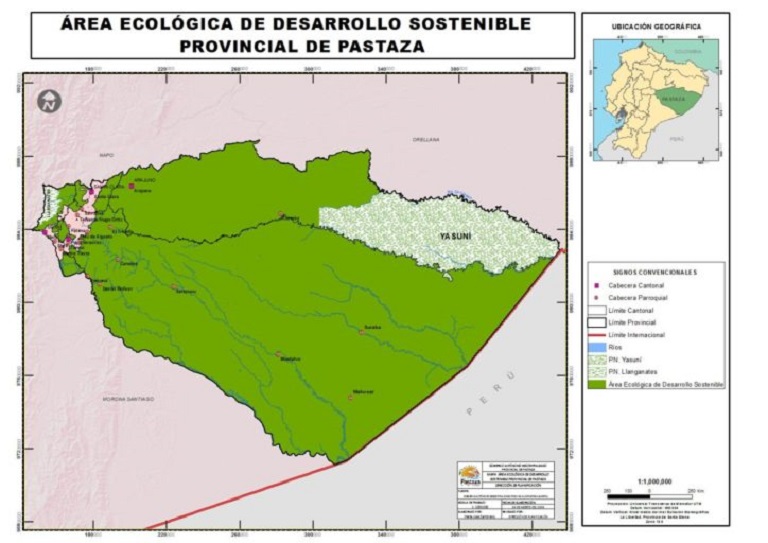
“It is official, the ordinance is already promulgated according to the current laws of Ecuador. Today, the existence of this area is a reality: an area of preservation and sustainable development,” said Antonio Kubes, an official of the province of Pastaza, in an interview. He said that the most important feature of the site is the large area of tropical humid forest that is not yet compromised by human activity.
Main objectives
The area aims to regulate the use of natural resources, conserving the great extension of tropical humid forest that exists in the zone, as well as flora and fauna of the area, explained Jaime Toro, coordinator of the Northern and Central Amazon program of Nature and Culture International.
Among the most representative species of fauna are the jaguar (Panthera onca), the South American tapir (Tapirus terrestris), and the harpy eagle (Harpia harpyja). The area is also home to different species of amphibians, reptiles, fish and insects.
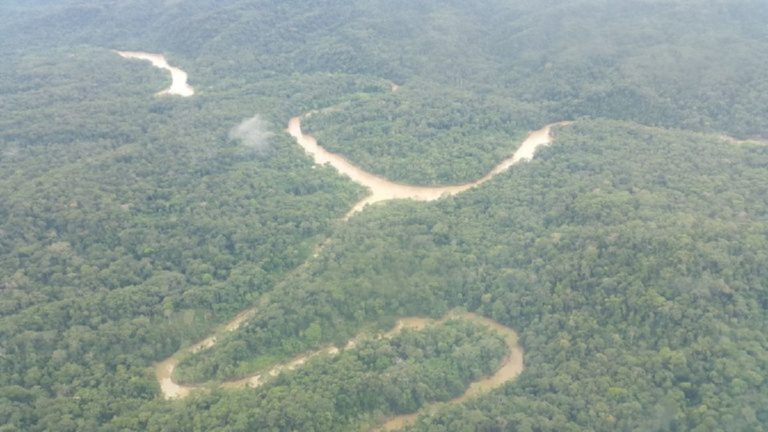
Toro notes that this area forms a corridor because it borders with Yasuní National Park in the north, one of Ecuador’s most important conservation areas. This connectivity between areas will allow the conservation of a diversity of species.
The Pastaza Ecological Area of Sustainable Development also seeks to conserve areas of water.
“The areas of water recharge — they are found at the water sources which supply the municipal capitals and the rural parishes of the province of Pastaza,” Toro said. “This ensures that the water resource is managed in an appropriate manner to reduce impacts on the water.”
Pastaza provincial government official Kubes agrees. “This area aims to preserve and improve the conditions of the water cycle and the development of communities, indigenous nationalities in this territory,” he said.
The indigenous nationalities that inhabit the area are the Shuar, Achuar, Kichwa, Sapara, Andoa, Shiwiar and Waorani.
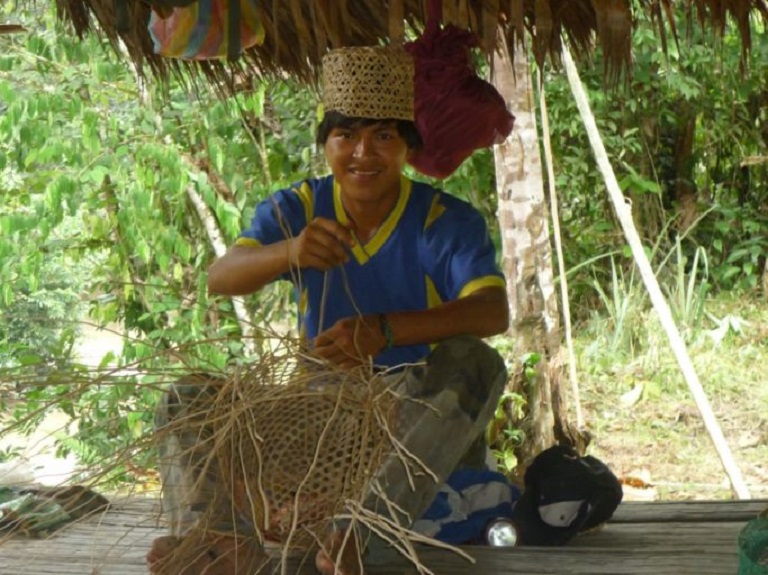
According to Toro, 90 percent of the 2.5 million hectares is in a perfectly conserved state. “The tropical humid forest remains intact, and indigenous nationalities own it,” he said. “These communities conserve their natural resources.”
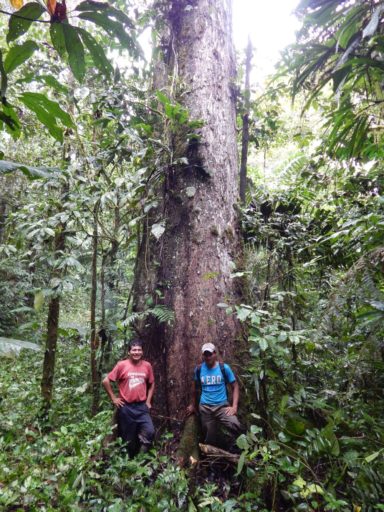
He also pointed out that it is important that inside the Pastaza Ecological Area of Sustainable Development there are areas that allow activities that could ensure proper management.
If implemented, they would reduce the impact on natural resources and ancestral cultures.
“These indigenous communities that often have to sell wood or go hunting, now are trying alternative activities that are in harmony with their development as a social and economic group while protecting nature,” Kubes said.
He added that this ordinance seeks to “promote land-use planning and sustainable territorial planning, especially by implementing an ancestral system of cultivation that allows the planting of timber and fruit trees, allows us to have medicinal plants, vegetables and tubers which give families food security.”
Byron Swift, president of Nature and Culture International, was pleased to have been able to support the provincial council, indigenous communities and local governments with technical assistance that allowed the consultation process to achieve the establishment of the area.
According to Swift, there were two key factors in the process. “One is the vision of sustainable development for the people, with a healthy and productive life and protecting the environment, which benefits the local people and the world,” he said. “The second is that it will help to conserve global ecosystem services. It is a gift to the world.”
This story was reported by Mongabay’s Latin America (Latam) team and was first published in Spanish on our Latam site on March 14, 2017.
FEEDBACK: Use this form to send a message to the author of this post. If you want to post a public comment, you can do that at the bottom of the page.
